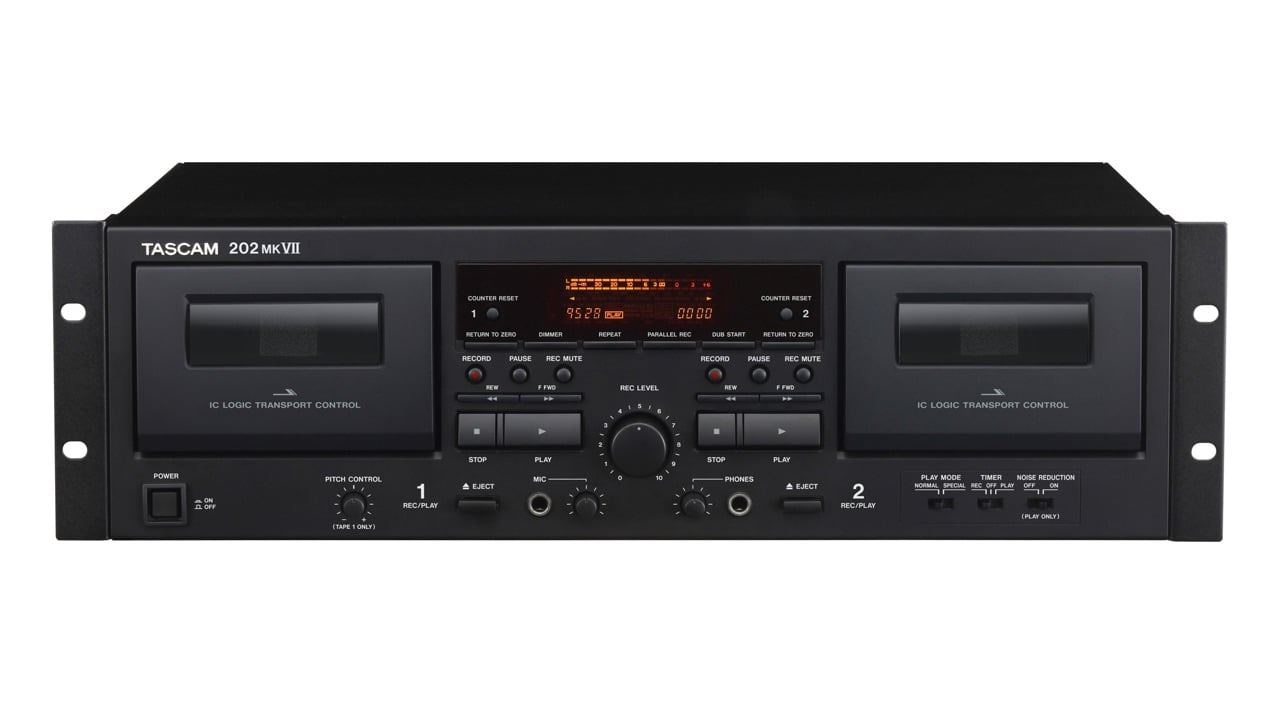
If you want the very latest in technology you might want to consider buying a new... cassette deck!
It’s not like me to be lost for words, but that was my status when I first saw a press release from Tascam announcing to the world that the Japanese audio company was about to introduce a new… audio cassette deck.
And it’s a very good one, with two built-in tape transport parts, and a host of high-end features. It’s called the 202 MK VII.
Now, part of me felt a strong pang of nostalgic affinity for this deck. Most of us of a certain age used cassettes extensively (I was born in the Cretaceous period when dinosaurs watched analogue TVs with tubes/valves in them and cassette decks were a universal item). I had them for listening to music, recording music, and even for recording multi-track original music. The very first “HiFi” deck my family had was a wonderfully built Akai with absolutely no noise reduction and hence hiss so bad it sounded like there was compressed air leaking out of it.
Life support
Subsequent decks got much better. Some were almost quiet but never silent. The audio cassette format lasted for nearly three decades – boosted and given life support by the Sony Walkman which defined personal stereo.
I now have several boxes of cassettes dating from the early seventies to the early nineties. Some of them have recordings from pirate radio stations. Some will have evidence of the time I played the drums, quite appallingly, in a jazz band. Later tapes exist of me playing in a rock band, on keyboards. And some were “mix tapes” of my 12” record collection. All resolutely analogue. All defiantly hissy.
I started writing this article with the intention of asking why on Earth anyone would want to buy a deck to play a format that is so fundamentally outclassed by every recording innovation that has followed it.
And I’m finishing it by half-convincing myself to buy one. Not because I remember the warm, engaging analogue sound of cassettes, but because half of my life is stored in those boxes of tapes.